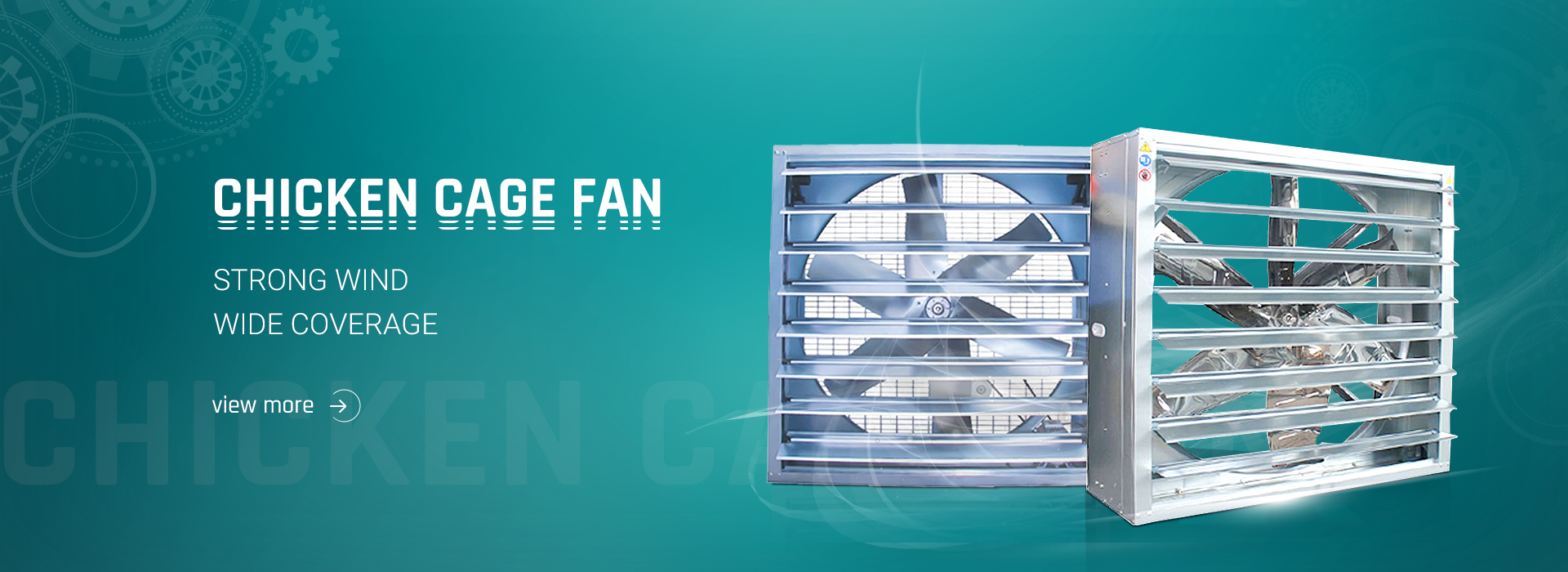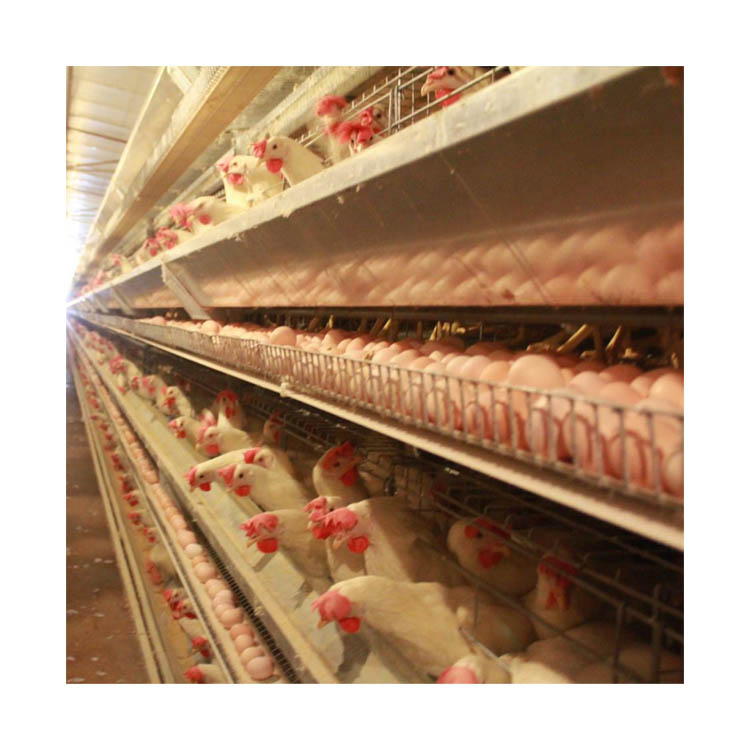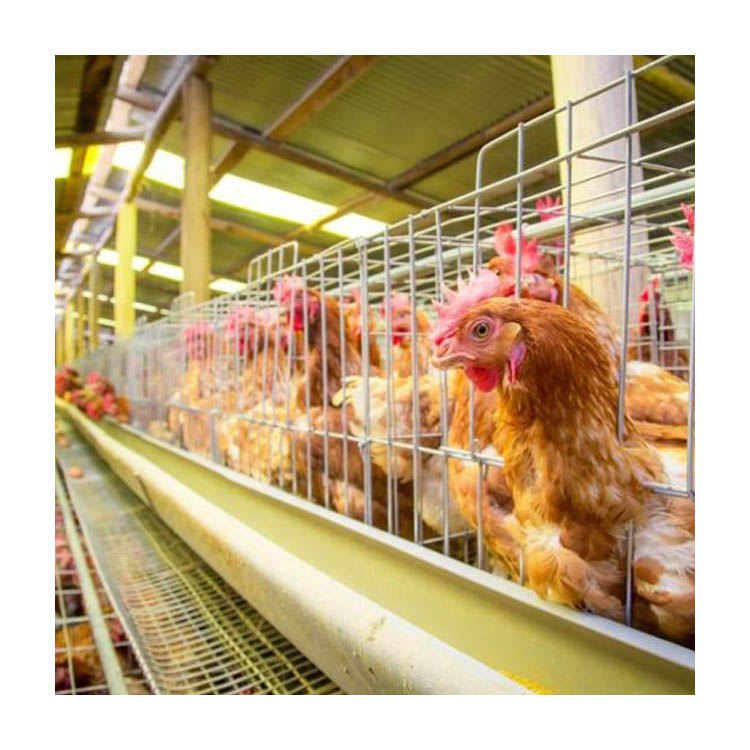The peak egg production period of laying hens refers to the duration when the egg production rate is above 88%, and the length of the egg production peak period directly affects the breeding efficiency of this batch of laying hens. The main reasons for the shortening of the peak egg production period are as follows:
1. Genetic factors
Different breeds of laying hens do not necessarily have the same length of peak egg production. Under the same conditions as feed nutrition, feeding environment and management procedures, some peak periods last for a long time, while others last for a short time, and the peak egg production rate is not the same. must be exactly the same.
2. Chick factor
Even if the same breed of laying hens have different quality of chicks, the length of the peak laying period is not necessarily the same.
3. Feed factors
Insufficient feed nutrition before the start of production, due to poor or uneven growth, resulting in low egg production rate and short peak time, or even no peak period. If the feed is expired, deteriorated or moldy after the start of production, it will not only shorten the peak period of laying hens due to lack of nutrients, but also lead to the death of production due to corresponding poisoning.
4. Drinking water factor
Drinking water is an important substance for the physiological metabolism and synthesis of eggs in chickens. When the drinking water is insufficient or unsanitary, the peak period will be shortened due to endocrine disorders, and even the peak egg production period will be shortened due to the lack of drinking water leading to corresponding diseases.
5. Disease factors
When flocks suffer from diseases such as colibacillosis, salmonellosis and chicken-borne nose, the peak period is shortened due to reduced feed intake or absorption rate. When Newcastle disease, low-pathogenicity avian influenza and egg-laying syndrome occurred, the peak period was shortened due to reproductive organ damage. When leukocytosis, coccidiosis and ectoparasitic diseases occur, the peak period is shortened due to nutrient loss and increased stress.
6. Management factors
When the stocking density is too high, there are more bad gases in the chicken house, the stress response is strong, or the chickens are given excessive amounts of sulfonamides, anticoccidial drugs, hormones and other drugs, due to stunted growth, endocrine disorders or drug toxicity. side effects and shorten the peak egg production period.
7. Environmental factors
The light time is too long or the intensity is too high because of egg-laying fatigue syndrome, or the light time is too short or the intensity is too weak because of insufficient feed intake, which will reduce the egg production rate and shorten the peak period of the flock.
The suitable temperature for the peak egg production is 5℃-27℃, and the maximum temperature is 18℃-25℃. When the temperature is too high, the egg production rate is reduced and the peak period is shortened due to the stress response and the decrease in feed intake. When the temperature is too low, the stress response and heat energy consumption to reduce the egg production rate and shorten the peak period.
The maximum environmental humidity at the peak of egg production is 55% to 60%. When the humidity is too high, the egg production rate and the peak period are shortened due to the restlessness of some or all chickens in the flock, and the high humidity environment is not conducive to the temperature of the environment. reduce.
Post time: Sep-08-2022





